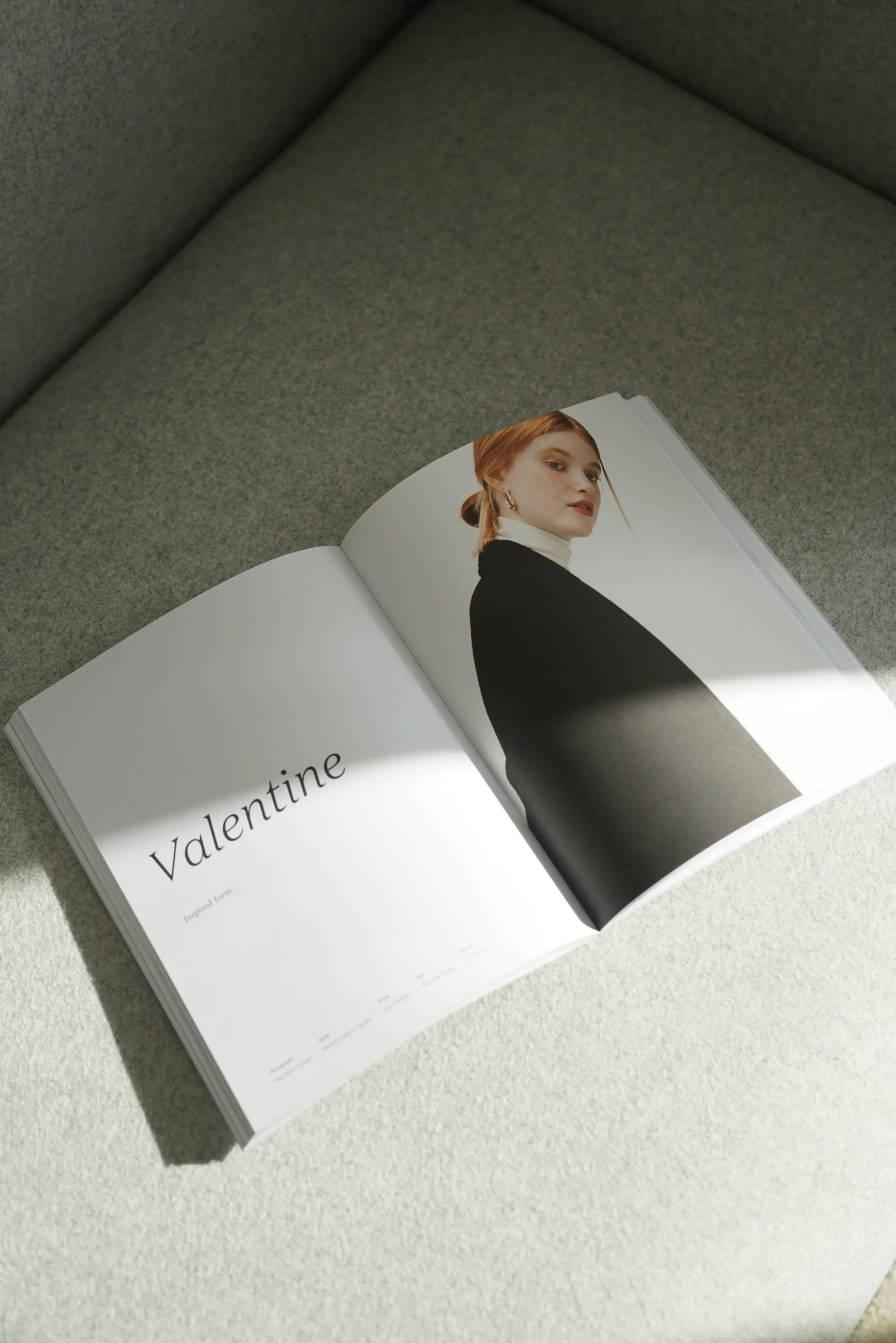
The Ever-Changing Dynamics of Marketing and Advertising in the Fashion Industry (Updated 2025)
The Future of Fashion Marketing in 2025: Trends, Tools & Tactics for Brand Success
Fashion: if you're not setting trends in 2025, what are you even doing?
In an industry defined by its ever-evolving style, shifting consumer behaviors, and tech-savvy audiences, marketing must be just as fluid. As customer preferences change with the seasons (and sometimes overnight), fashion brands must adapt their strategies to remain relevant, desirable, and competitive.
Whether you're launching a new line or leading an established label, staying ahead in 2025 means embracing innovation—both in design and in digital marketing.
What Is Fashion Marketing in 2025?
Fashion marketing is more than promoting clothing—it's about building a brand experience that connects emotionally, culturally, and digitally with your audience. It encompasses the promotion, distribution, and sale of fashion items like apparel, accessories, and footwear. But in 2025, it's also about:
- Creating personalized experiences
- Leveraging technology like AI, AR, and mobile apps
- Collaborating with influencers and creators
- Embedding sustainability and inclusivity into brand values
Key Fashion Marketing Trends Dominating 2025
Here are the most important trends shaping the future of fashion marketing this year:
1. Social Media Shopping Becomes the Norm
Platforms like Instagram, TikTok, Pinterest, and even LinkedIn are now integrated shopping destinations. Users can browse, engage, and buy products without ever leaving the app.
Fashion brands are capitalizing on:
- Instagram & Facebook Shops
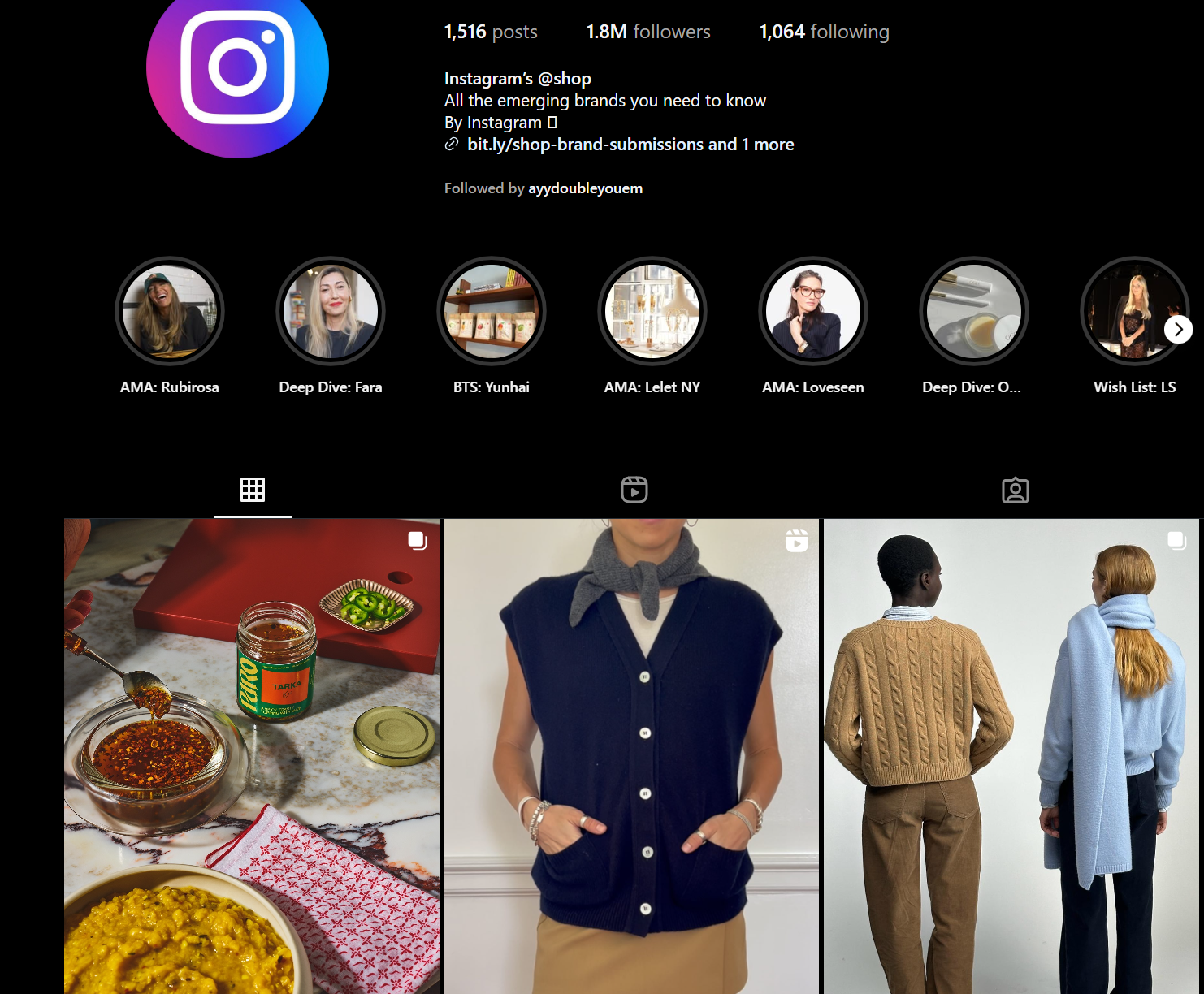
- TikTok’s “Shop Now” buttons
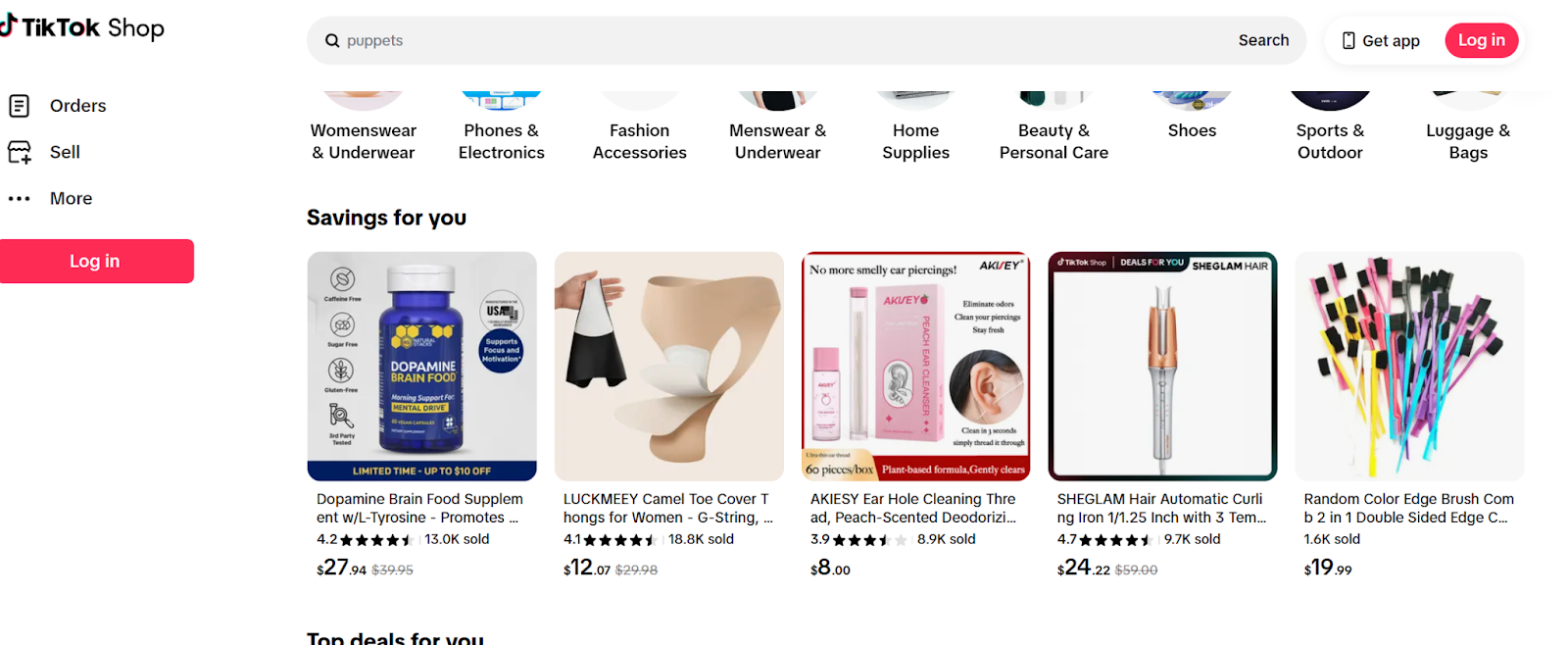
Takeaway: Optimize your product catalog for social platforms and build seamless social shopping experiences.
2. Influencer & Creator-Led Campaigns
Influencer marketing has matured into long-term partnerships, micro-influencer strategies, and co-created content. Brands are prioritizing authenticity and values alignment over follower count alone.
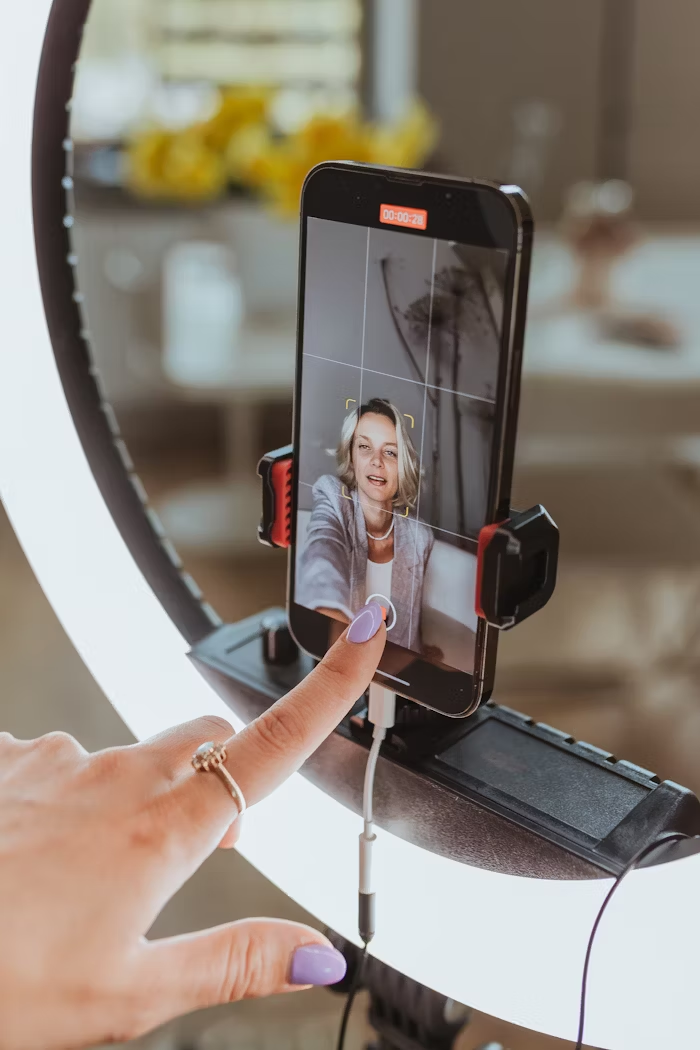
Tip: Collaborate on exclusive drops or story-led campaigns to build hype and credibility. For deeper insight, explore Influencer Marketing in 2025: The New Rules of Engagement to understand how values, transparency, and co-creation are reshaping partnerships.
3. Short-Form Video Reigns Supreme
Platforms like TikTok, Instagram Reels, and YouTube Shorts dominate fashion content. Brands use video for styling tips, behind-the-scenes footage, UGC, and product highlights.
2025 Strategy: Embrace fast, creative storytelling and don’t be afraid to go unpolished—realness wins attention.
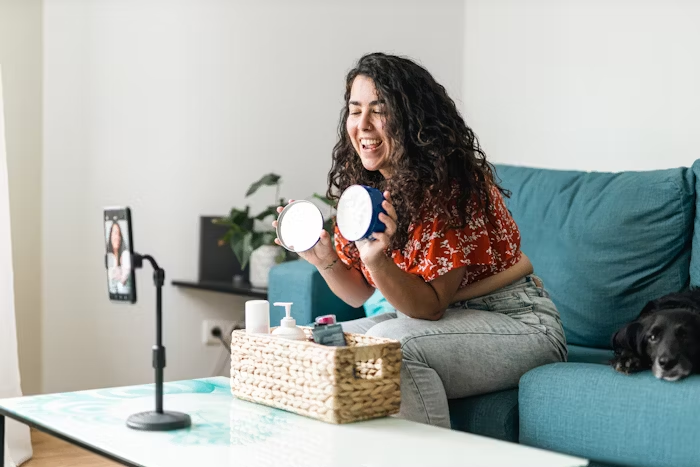
4. User-Generated Content (UGC) Fuels Community & Trust
Encouraging followers to share their own styling, DIYs, OOTDs, and shopping hauls not only builds brand loyalty—it turns your audience into marketers.
Examples:
- “Styled by You” campaigns
- Reposting tagged stories
- Hosting UGC contests
Need a guide on how to implement UGC effectively? Dive into our full breakdown in User-Generated Content (UGC): A Modern Marketing Goldmine.
5. Mobile-First and App-Based Experiences
More consumers shop fashion on their phones than ever before. Mobile apps with exclusive content, personalized recommendations, loyalty rewards, and AR try-ons are becoming standard.
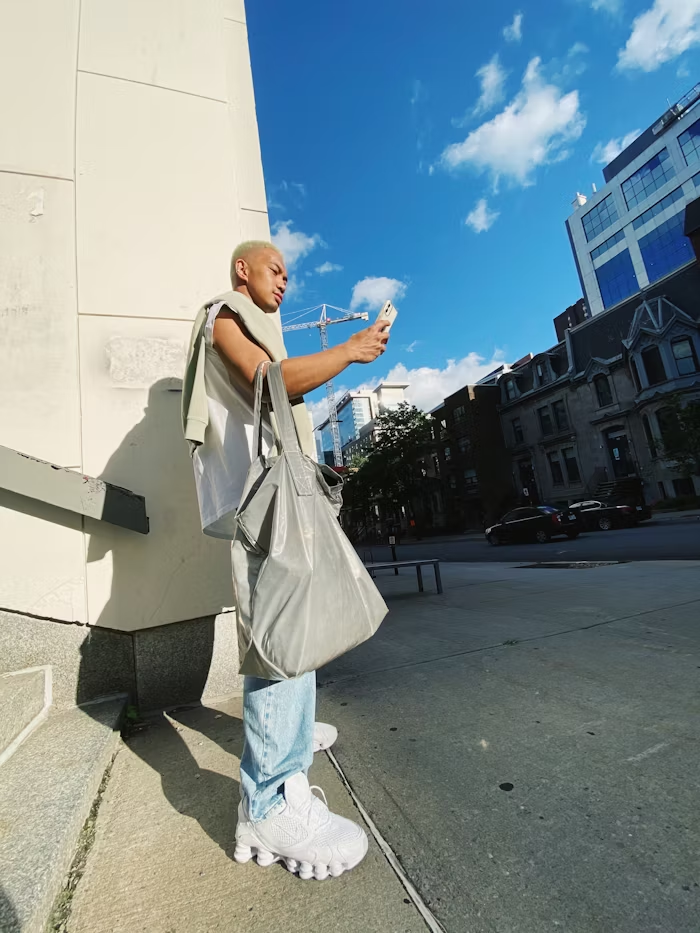
Don’t forget: Optimize websites and emails for mobile-first design, and consider building a branded app.
6. AI & Automation for Personalization
AI now drives:
- Predictive analytics for forecasting trends
- Chatbots for 24/7 customer support
- Product recommendations based on browsing behavior
- Email workflows based on customer journey data
Result: Faster, smarter, and more relevant communication that increases sales and loyalty.
7. Augmented Reality & Virtual Try-Ons
AR is transforming the online shopping experience. Consumers can virtually try on clothing, sunglasses, and accessories before buying—right from their phone.
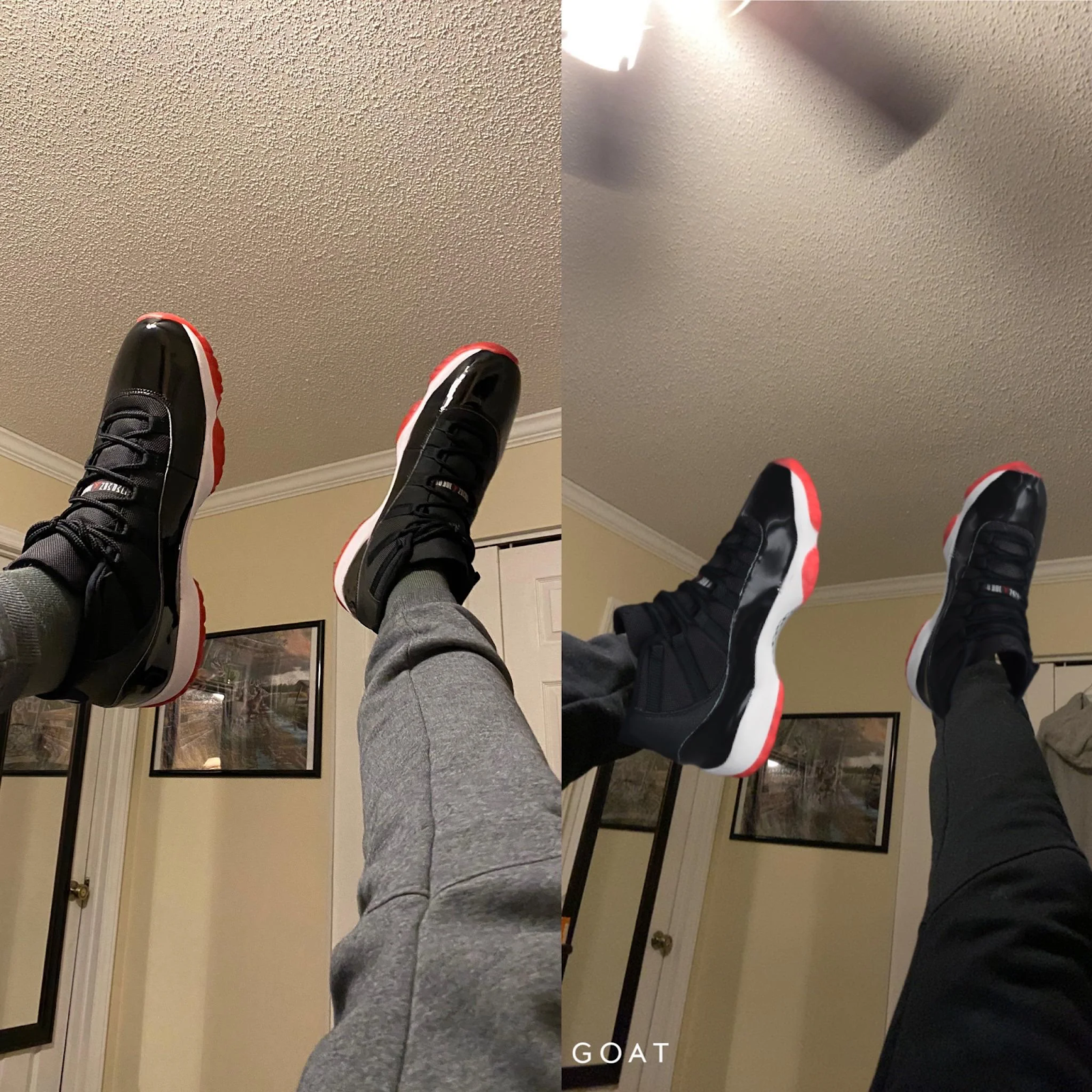
Source: reddit.com
Bonus: In-store AR mirrors are being adopted by luxury and fast fashion alike to blend digital and physical shopping.
8. Hyper-Segmentation & Data-Driven Campaigns
Brands are going beyond basic customer segmentation to create ultra-personalized experiences using real-time behavioral data and demographics.
Pro move: Use data to tailor promotions, content, and product drops by region, interest, and even predicted purchase intent.
9. Sustainability as Strategy
Consumers in 2025 expect fashion brands to be transparent, ethical, and environmentally conscious. Marketing must communicate a brand’s commitment to:
- Transparent supply chains
- Sustainable materials
- Ethical labor practices
- Circular fashion programs
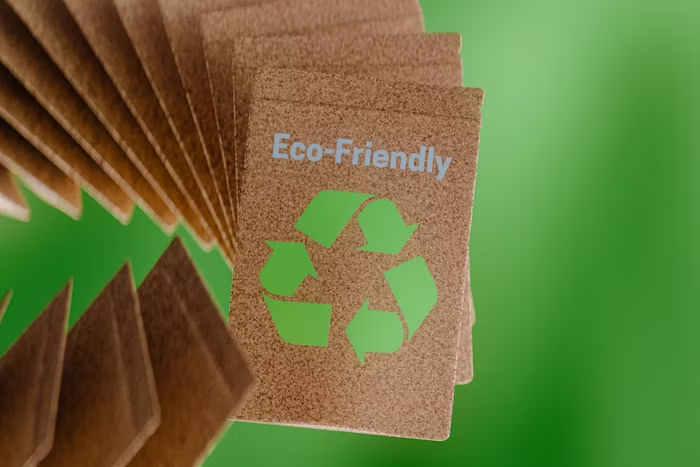
Key insight: Education builds trust. Use content to show your impact, not just talk about it.
10. Inclusive Campaigns & Authentic Storytelling
Diversity isn’t a trend—it’s a standard. 2025 campaigns prioritize real representation across body types, identities, abilities, and cultures. Storytelling plays a central role, connecting emotionally through:
- Visual campaigns with diverse models
- Real stories from customers
- Brand missions rooted in empowerment and purpose
Final Thoughts
In 2025, fashion marketing is no longer just about getting attention—it’s about creating a dynamic, immersive brand experience that moves with the culture. From social commerce and AR try-ons to AI-powered personalization and inclusive storytelling, the brands that innovate boldly and authentically will define this era of fashion.
Whether you're an emerging label or an iconic house, now is the time to step into the spotlight—and own the runway of marketing evolution

